Logo Design & Branding Services
If all your logo is is a pretty symbol, it’s not going to do you much good.
From just a glance, your customers unconsciously form expectations about you: your price point, your trustworthiness, your product quality. Executed properly, these are all the elements of a successful brand that uses its whole visual identity to attract a very specific type of customer.
Who knew your logo had so much to say?
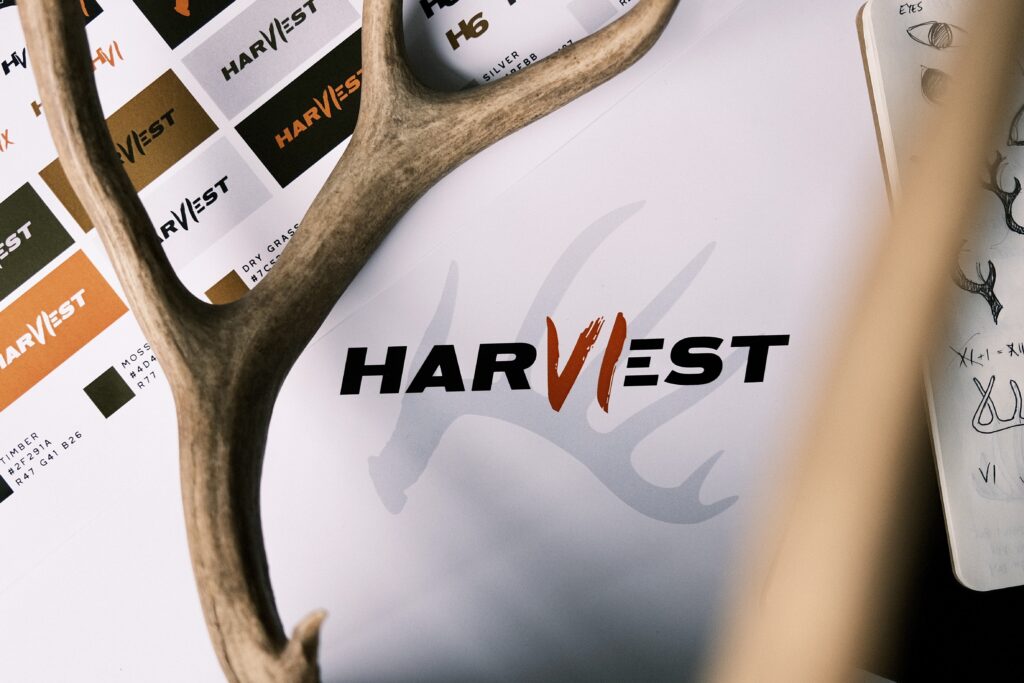
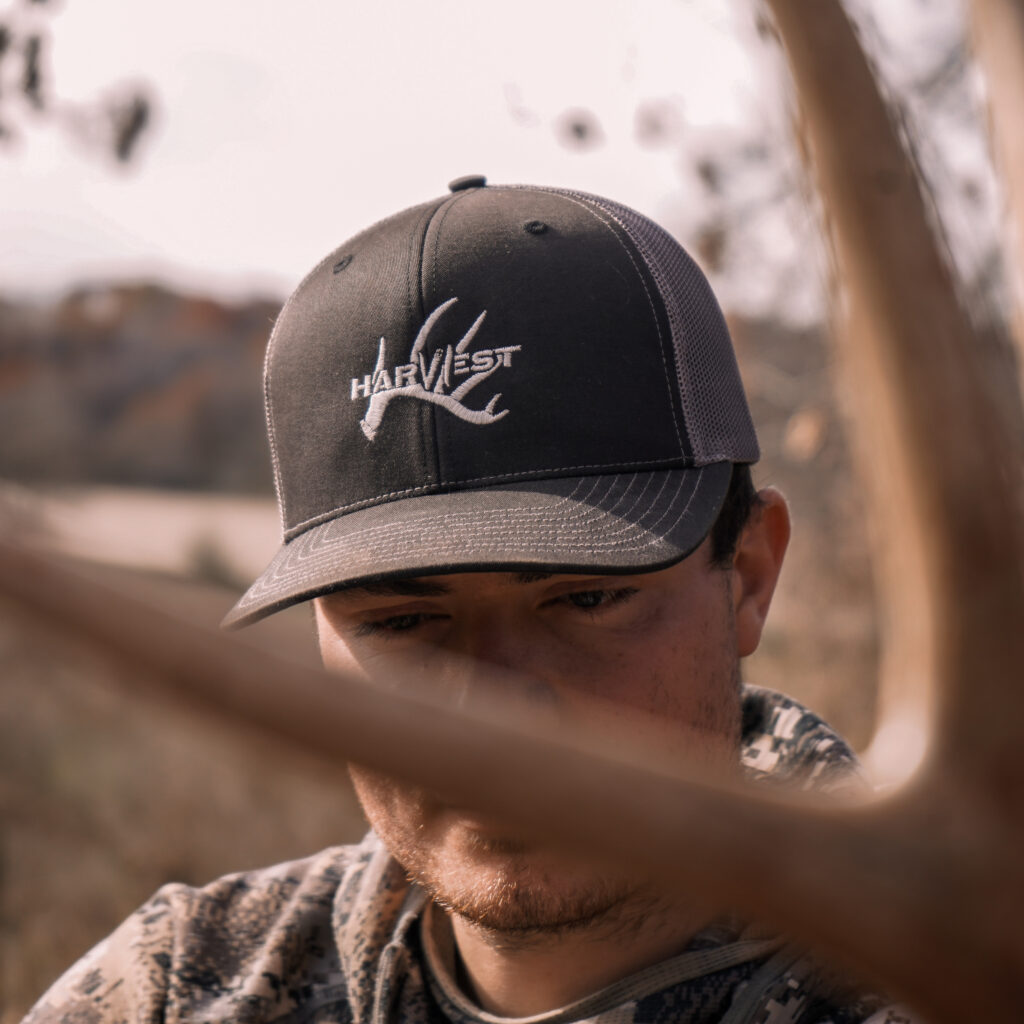
Successful brands start with a logo, but they don’t stop there. This is why you’ll rarely see us design just a logo and leave you without the other important parts of a brand.
Your “brand” includes:
- Logo & Logo Variations
- Typography & Color
- Messaging
- Imagery & Graphics
- Social Media & Website Presence
- Marketing Materials
Rebranding Services
Your business evolves, changes its services, and maybe even enters a completely new market. Refreshing your logo, website, and visuals is extremely effective in reflecting these business initiatives.
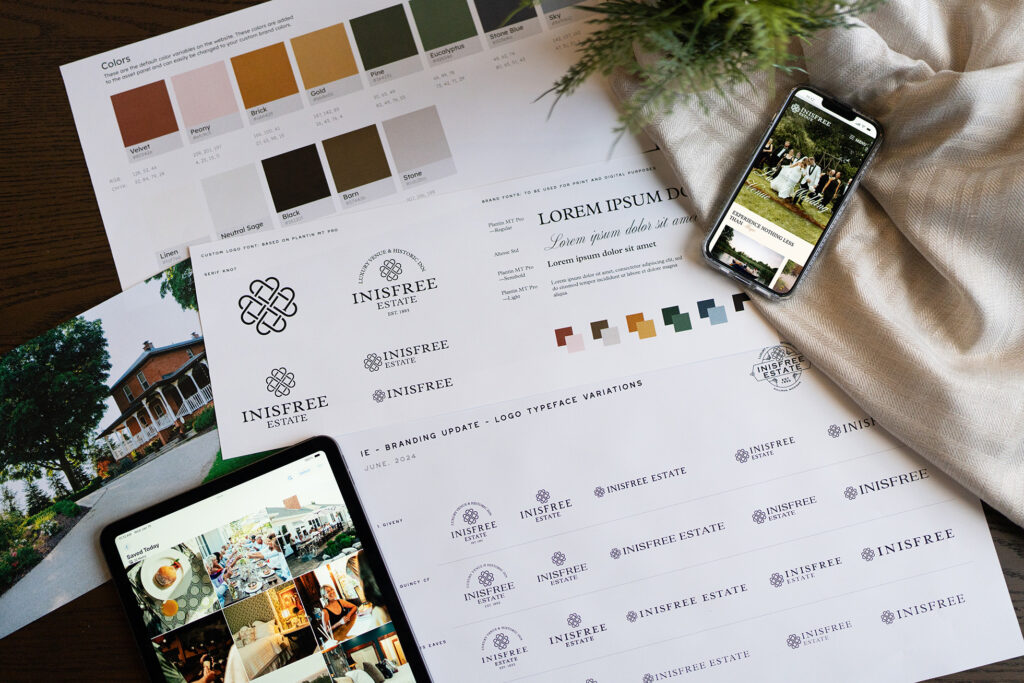

What’s a great logo with poor messaging? What’s a great new offer with poor visual support? What’s a growing business without an online presence?
- New Logo & Logo Variations
- Website Redesigns
- New Business Cards
- Photography
- Graphic Design
- And Much More
See our rebrand for Wonderland Tire, a family-owned, multi-location tire business in the Midwest.
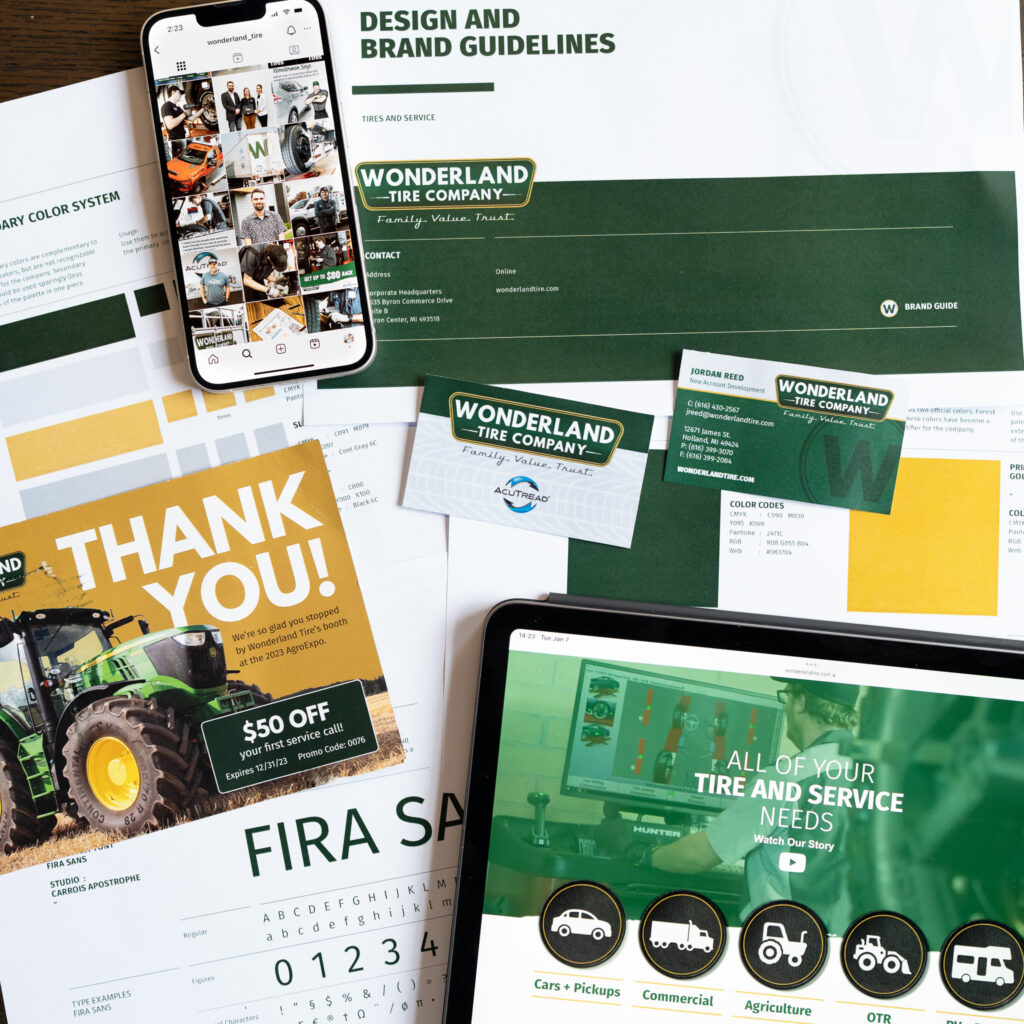
What does a branding package include?

How can a brand consultation help?
A brand consultation can help you decide where best to invest your time and money when it comes to updating your brand. We’ll do in-depth research into your current metrics, your industry, target market, and competitors to determine where your brand may be falling short. Next, we identify together which changes need to be made, and what will be most beneficial.
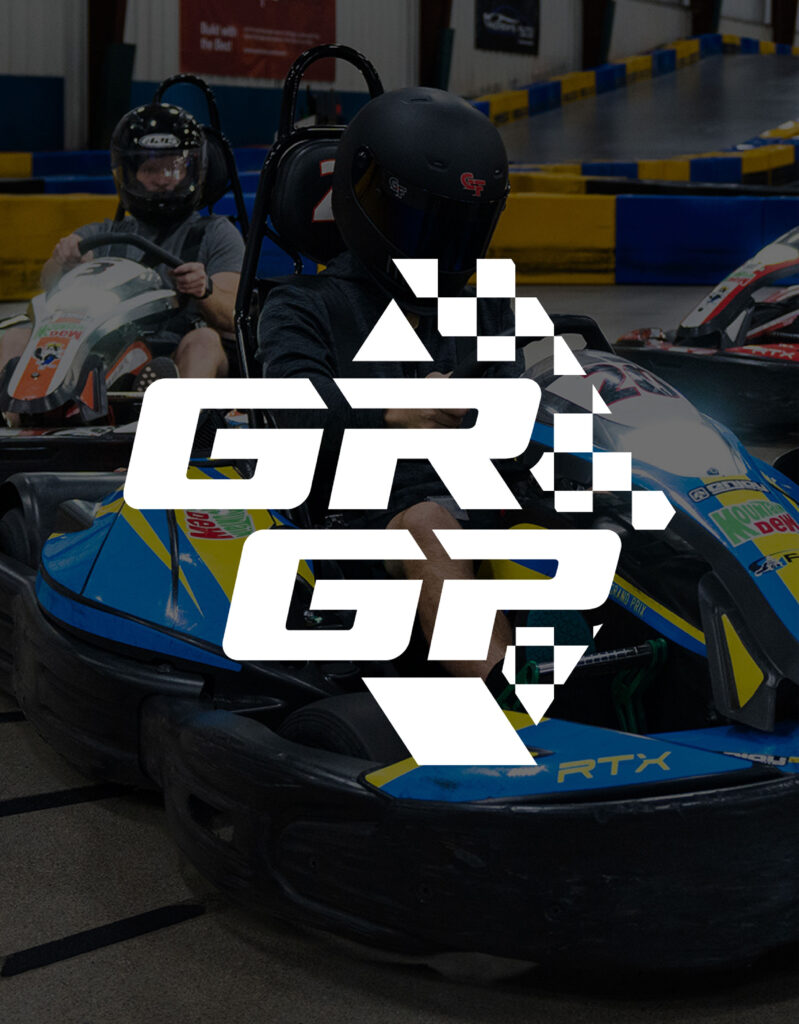
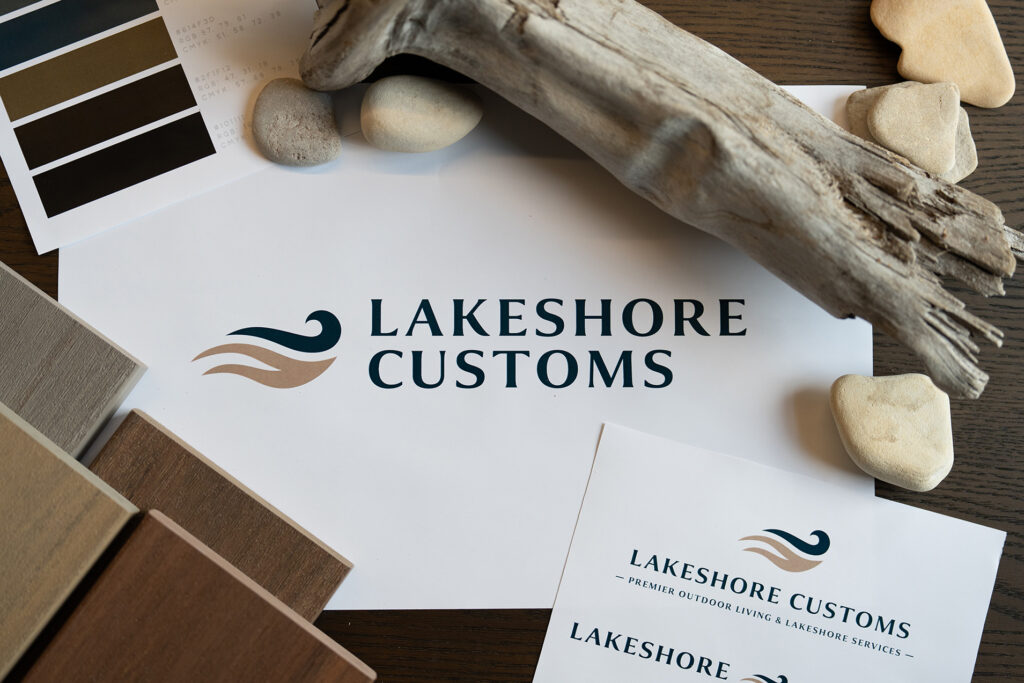
How do I get started?
1. Reach out to us.
2. Get A Comprehensive Branding Proposal.
3. Accept Proposal.
Please sign and return the proposal and we’ll get started at our first availability.